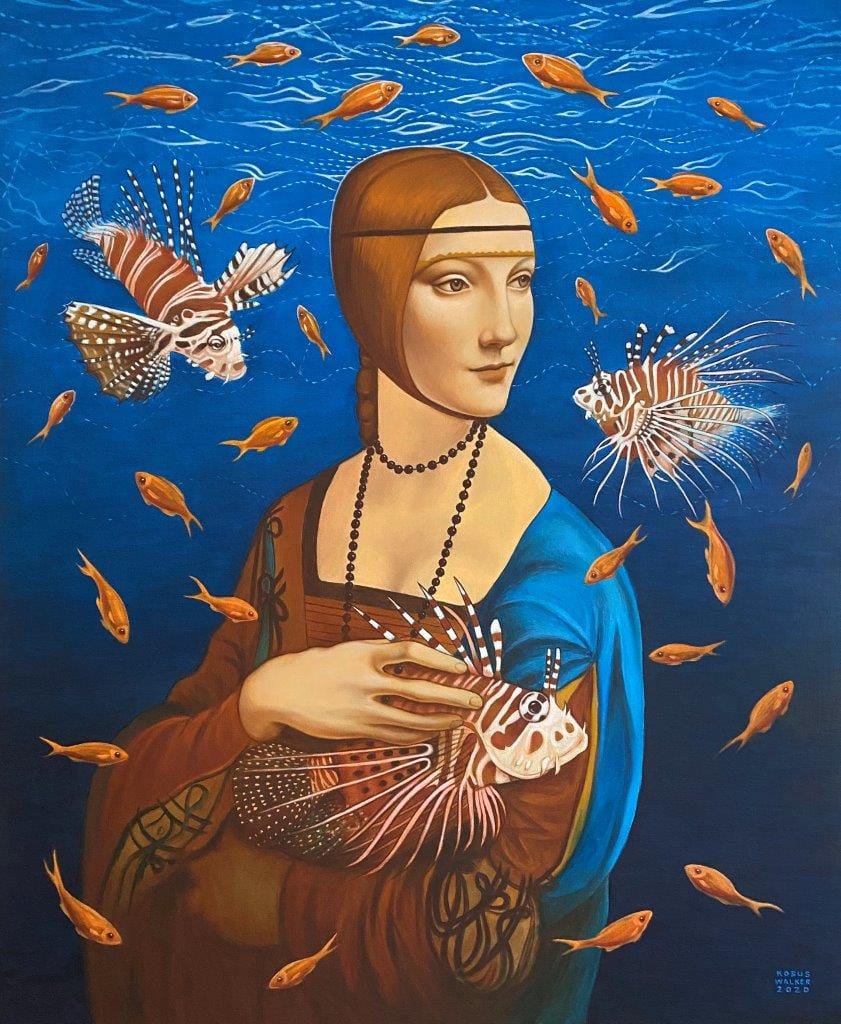ART, for me and other millions of people, is one of the only things that transcend boundaries and speak to the soul. Yet, the question looms large: Is art truly accessible to everyone, or does it remain an exclusive realm for a select few? As we navigate the intricate landscape of artistic expression, examining all the barriers that can hinder or facilitate access to the world of art is imperative.
In this post, this is exactly what we will talk about: layers of perception, socio-economic factors, and educational influences that shape our understanding of whether art is a door wide open or a gate that only a privileged few can enter.

Layers of Perception:
Art, like any complex entity, possesses layers of perception that contribute to its richness and depth. From the immediate visual impact to deeper symbolic meanings, the layers include the visual, emotional, symbolic, cultural, historical, personal, narrative, formal, and critical aspects of art. While some layers are more universally accessible, others may require specific knowledge or experiences. Understanding and appreciating these layers can enhance the overall engagement with art, fostering a deeper connection with the viewer.
Socio-Economic Factors:
Breaking down barriers to art involves addressing socio-economic factors that can limit access. The cost of art materials, admission fees to museums or galleries, and the availability of art education can create disparities. For individuals from lower socio-economic backgrounds, these barriers can make art appreciation more challenging. Initiatives that aim to reduce these economic barriers, such as free community art programs and subsidized museum admissions, can contribute to making art more accessible to a broader audience.
Educational Influences:
Formal art education plays a pivotal role in shaping perspectives and breaking down barriers to art. Exposure to different artistic styles, historical contexts, and critical thinking skills enhances appreciation. However, educational disparities exist, and individuals with limited access to art education may face challenges in understanding certain layers of perception. Efforts to expand art education programs, especially in underserved communities, can foster inclusivity and democratize access to the world of art.
Conclusion:
Art, with its myriad layers and complexities, has the potential to be a source of inspiration, reflection, and connection for people from all walks of life. While challenges exist, initiatives aimed at reducing socioeconomic barriers and expanding educational opportunities are crucial steps toward making art truly accessible to everyone. As we continue to break down these barriers, we pave the way for a more inclusive and enriching artistic experience that resonates with individuals across the globe. Art, at its core, is a reflection of the human experience, and by making it accessible to all, we contribute to a more harmonious and interconnected world.




